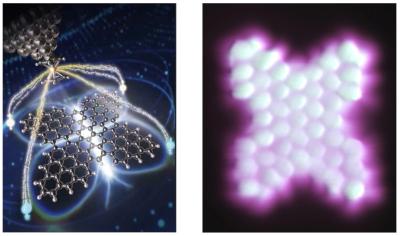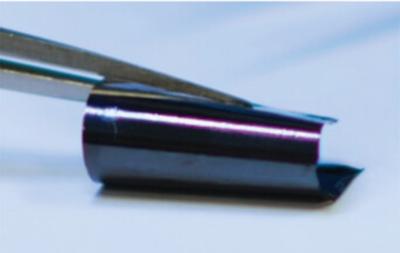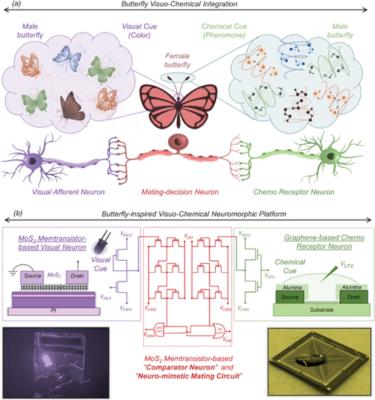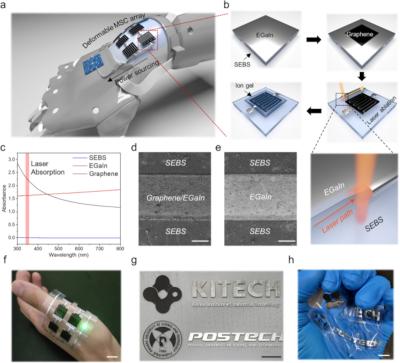Researchers show that electrons in double-layer graphene move like particles without any mass
Researchers from the University of Göttingen, Japan's National Institute for Materials Science and Massachusetts Institute of Technology (MIT) have demonstrated experimentally that electrons in naturally occurring double-layer graphene move like particles without any mass, in the same way that light travels. Furthermore, they have shown that the current can be "switched" on and off, which has potential for developing tiny, energy-efficient transistors.
Among its many unusual properties, graphene is known for its extraordinarily high electrical conductivity due to the high and constant velocity of electrons travelling through this material. This unique feature has made scientists try to use graphene for faster and more energy-efficient transistors. The challenge has been that to make a transistor, the material needs to be controlled to have a highly insulating state in addition to its highly conductive state. In graphene, however, such a "switch" in the speed of the carrier cannot be easily achieved. In fact, graphene usually has no insulating state, which has limited graphene's potential a transistor.



